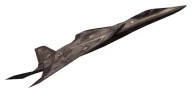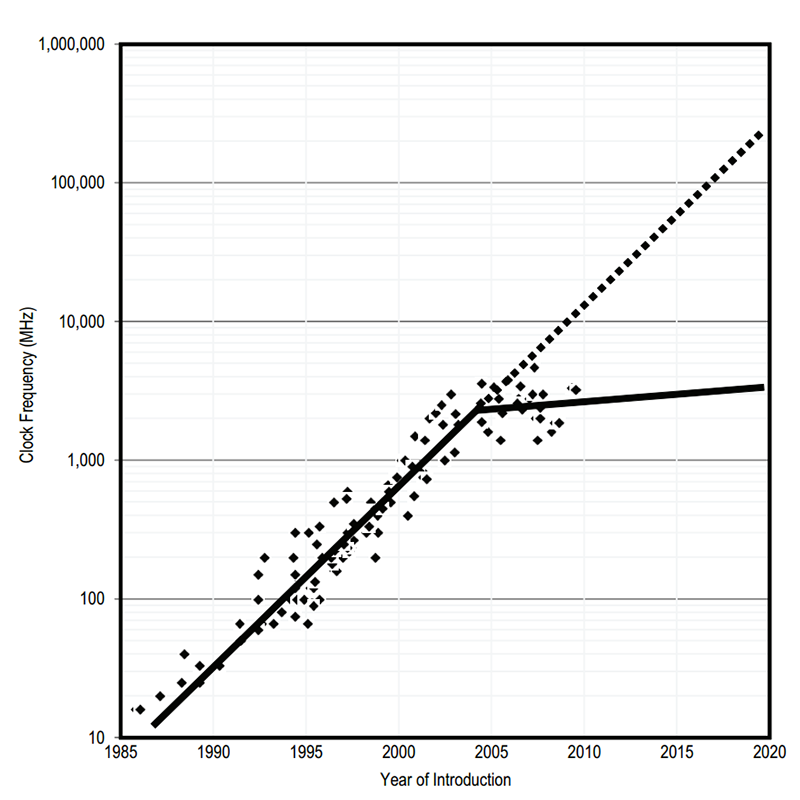BAE Systems may 'gap' Typhoon production in 2018
Gareth Jennings, London - IHS Jane's Defence Weekly
30 July 2015
The Typhoon final assembly line at Warton will close in 2018, regardless of whether additional orders can be secured before then. BAE Systems is optimistic that this will only be a temporary break in production, and that the line can be restarted to satisfy future sales. Source: Eurofighter
BAE Systems may have to 'gap' production of the Eurofighter Typhoon in 2018, if further near-term orders are not forthcoming,
IHS Jane's was told on 28 July.
Speaking at the company's manufacturing facility at Warton, production manager Matt Heritage, said that as the current orderbook stands, Typhoon assembly will have to cease at the end of the current run, although the option remains to restart the line should further orders be secured.
BAE Systems currently has 15 Typhoons in various stages of assembly at Warton, and has a further 35 aircraft to begin manufacturing. With just the final 38 aircraft for the UK Royal Air Force (RAF) and Saudi Arabia left to build, as well as 12 for Oman (production of which is set to begin at the end of September), as things stand the line will shut down before the end of 2018.
Heritage noted, however, that any shut-down need not be permanent, and that manufacturing could be restarted should more orders be secured. "Both the Hawk and the Tornado had production breaks, with the lines being shut down and then re-started, and this is something that we could certainly do with the Typhoon," he said. With Eurofighter engaged in a number of campaigns worldwide, Heritage said he is optimistic that there is still plenty of scope for sustaining the line out to beyond 2018. Indeed, this was reiterated by BAE Systems, which told
IHS Jane's , "A number of opportunities in the international market are being pursued for Typhoon and we believe the aircraft is well-positioned to secure further orders."
Even so, the company is currently engaged in some self-funded work that is designed to maintain its industrial capability for manufacturing aircraft, should the line have to close either permanently or temporarily. The company's engineering personnel could be transferred to the Hawk line, as well as to the F-35 Lightning II Joint Strike Fighter manufacturing plant at nearby Samlesbury. As well, as Heritage noted, by 2018 development of the Future Combat Air System (FCAS) unmanned combat aerial vehicle (UCAV) for the UK should be well under way.
Of the remaining production backlog for the Typhoon, BAE Systems expects to have built 24 aircraft by the end of this year, with 18 to follow in 2016, 22 in 2017, and a final four in 2018. While this rate could be slowed down to extend the production run, Heritage explained that the company is working to a customer-driven plan that it needs to discharge.
With BAE Systems building more Typhoons than the rest of the consortium combined, all of the national production lines are expected to have discharged their current orderbooks within about 12 months of each other.
To date, 571 Typhoons (not including the Tranche 3B option) have been ordered by seven nations. Of these, about 440 have been delivered so far. Central to securing further orders is a consortium-wide effort to drive down costs across every aspect of the programme. In terms of production, Heritage said that BAE Systems has been able to take about 20% out of the manufacturing bill and is looking to take out more, noting, "A better price means more chance for exports."
Want to read more? For analysis on this article and access to all our insight content, please enquire about our subscription options ihs.com/contact
To read the full article,
Client Login
(552 of 759 words)





